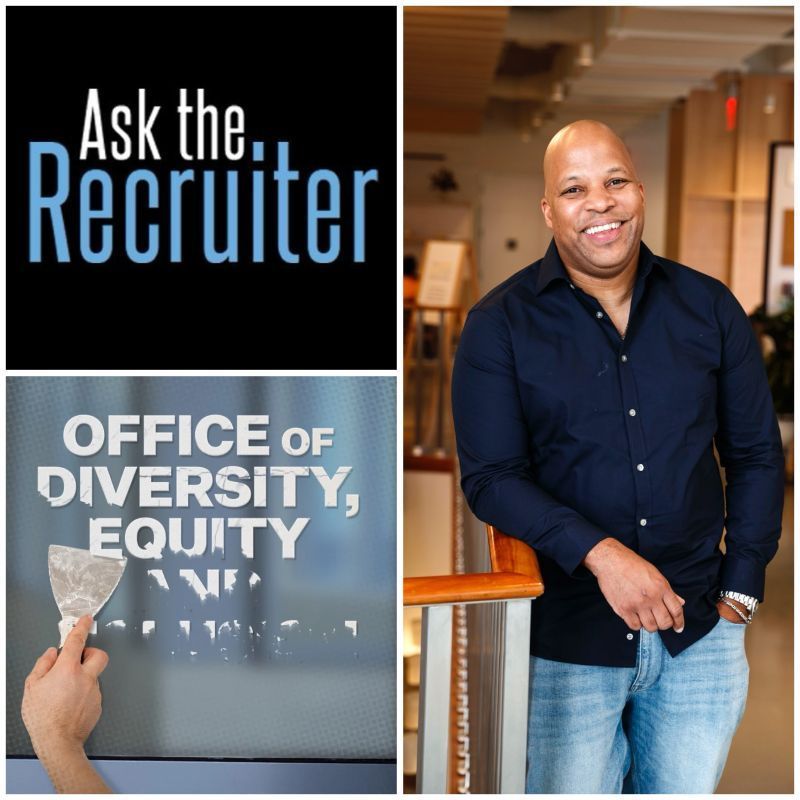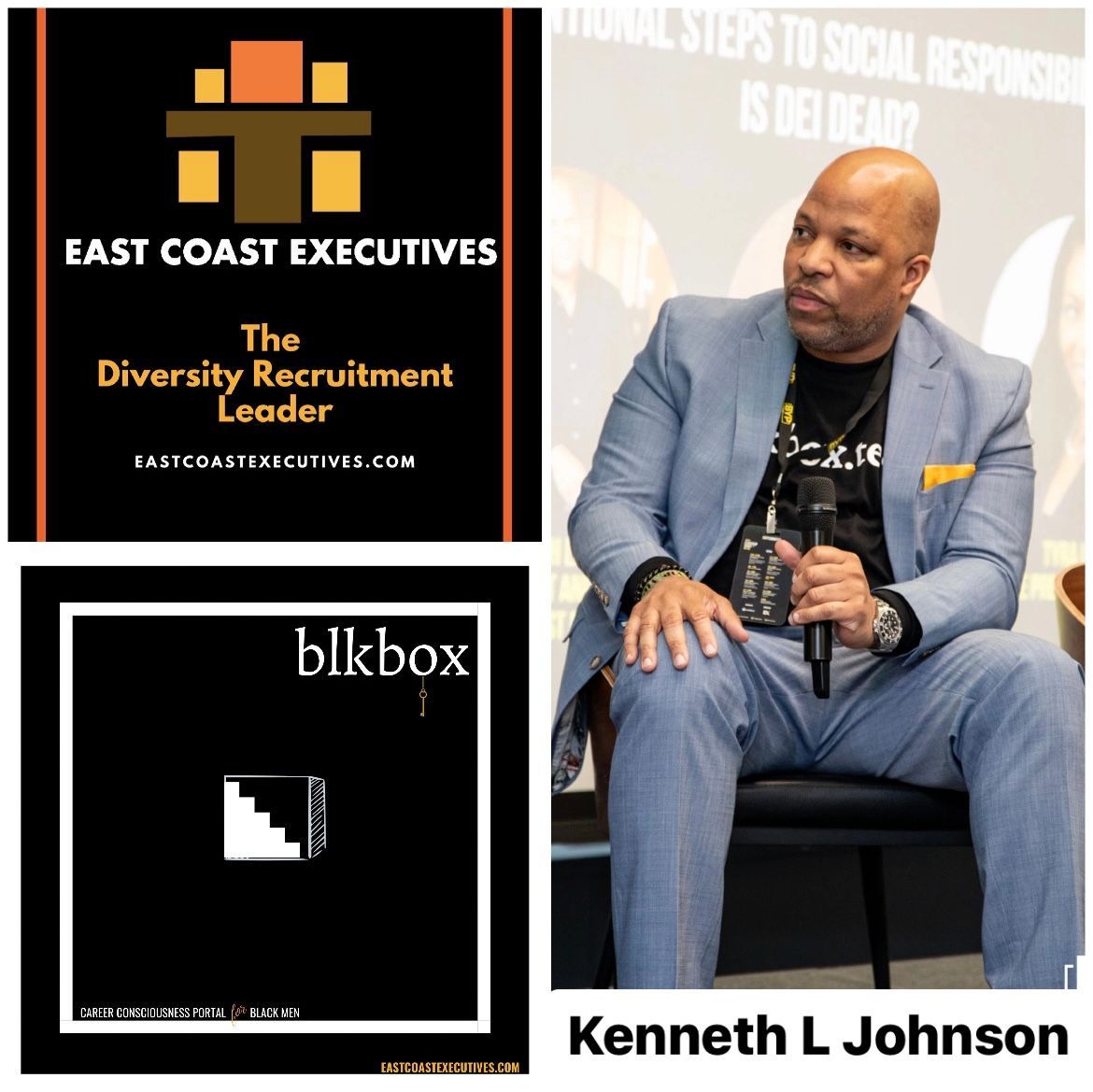AI in Recruitment: A Double-Edged Sword
The Impact of AI on Recruitment and Talent Acquisition for Black Job Seekers and Diverse Professionals
Hello, I’m Kenneth L. Johnson, Founder and President of East Coast Executives, the diversity recruitment leader. At East Coast Executives, our mission has always been to champion diversity and inclusion in the workplace, ensuring that Black job seekers and other diverse professionals have equitable access to opportunities. Today, I want to delve into a topic that's rapidly transforming our industry: the impact of artificial intelligence (AI) on recruitment and talent acquisition, particularly for Black professionals.
AI in Recruitment: A Double-Edged Sword
AI technology has revolutionized recruitment processes, offering unprecedented efficiency and scalability. Algorithms can sift through resumes, match candidates to jobs, and even conduct preliminary interviews, all at a fraction of the time it would take a human recruiter. However, while AI presents numerous advantages, it also comes with significant challenges, especially when it comes to ensuring fairness and equity for Black job seekers.
Bias in Algorithms: A Critical Concern
One of the most pressing issues with AI in recruitment is the potential for bias. AI systems are trained on historical data, and if that data reflects existing biases in the hiring process, the algorithms can perpetuate and even amplify these biases. For Black professionals, this can mean being unfairly screened out of the hiring process before a human recruiter even sees their application.
Several studies have shown that AI systems can inadvertently favor candidates with traditionally white-sounding names or those who come from certain educational backgrounds, putting Black candidates at a disadvantage. This highlights the critical need for companies to regularly audit their AI systems to ensure they are fair and unbiased.
Ensuring Transparency and Accountability
Transparency in how AI systems make decisions is crucial. As a community, we must advocate for greater accountability in the use of AI in recruitment. Companies should be required to disclose how their algorithms work and the steps they are taking to mitigate bias. This transparency is essential for building trust and ensuring that AI serves as a tool for inclusion rather than exclusion.
Leveraging AI for Inclusion
Despite its challenges, AI also holds immense potential to promote diversity and inclusion when used responsibly. For instance, AI can help identify and mitigate unconscious bias in job descriptions, ensuring that the language used is inclusive and appealing to a diverse pool of candidates. Additionally, AI can analyze and track diversity metrics, helping organizations to set and achieve their diversity goals more effectively.
At East Coast Executives, we are committed to leveraging technology in a way that enhances our mission of diversity recruitment. By combining AI with our deep understanding of the unique challenges faced by Black professionals, we can create a more equitable and inclusive hiring process.
The Role of Human Oversight
While AI can streamline many aspects of recruitment, it cannot replace the nuanced understanding and empathy that human recruiters bring to the table. It's crucial that AI is used to augment human judgment, not replace it. At East Coast Executives, our team of experienced recruiters works alongside AI tools to ensure that every candidate is evaluated fairly and holistically.
A Call to Action
To my fellow leaders and professionals in the recruitment industry, I urge you to approach AI with a critical and informed perspective. Invest in technologies that prioritize fairness, transparency, and accountability. Regularly review and update your AI systems to address any potential biases. Most importantly, remain committed to the human element of recruitment, recognizing the unique value and potential of every candidate.
For Black job seekers and other diverse professionals, stay informed about how AI is being used in the recruitment process. Advocate for transparency and fairness, and partner with organizations that are dedicated to diversity and inclusion.
At East Coast Executives, we are more committed than ever to empowering Black professionals and ensuring they have access to the opportunities they deserve. Together, we can harness the power of AI to build a more inclusive and equitable future for all.
Thank you for being a part of this journey with us.
Regards,
Kenneth L. Johnson
Founder and President
East Coast Executives














